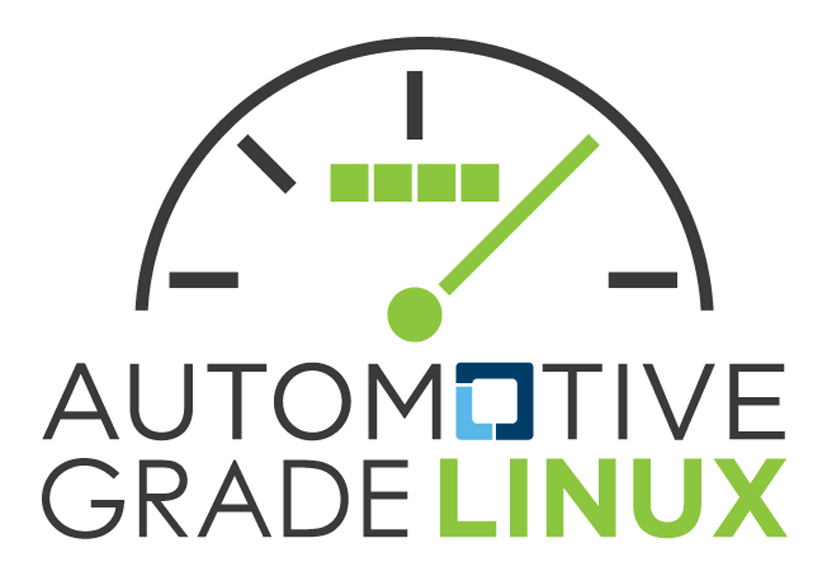Introduction
Automotive Grade Linux (AGL) is an open-source project hosted by the Linux Foundation, aimed at accelerating the development and adoption of a fully open software stack for the connected car. By leveraging the collaborative development model of open-source software, AGL brings together automakers, suppliers, and technology companies to create a shared software platform. This article delves into the features, benefits, and impact of AGL on the automotive industry, particularly in Malaysia, highlighting its potential to drive innovation and enhance the capabilities of modern vehicles.
What is Automotive Grade Linux?
Automotive Grade Linux is a collaborative open-source project that develops a Linux-based platform specifically tailored for automotive applications. The goal of AGL is to create a de facto industry standard for the software infrastructure of connected cars, encompassing in-vehicle infotainment (IVI), instrument clusters, advanced driver assistance systems (ADAS), and autonomous driving technologies.
Key Features of AGL:
- Open-Source Platform: AGL is completely open-source, allowing developers to access, modify, and distribute the source code. This transparency fosters innovation and collaboration across the automotive industry.
- Unified Code Base: AGL provides a unified code base for various automotive applications, reducing fragmentation and promoting standardization.
- Scalability: The AGL platform is designed to be scalable, supporting a wide range of vehicle types and configurations, from entry-level to high-end models.
- Modular Architecture: AGL’s modular architecture allows developers to customize and extend the platform to meet specific requirements and integrate new technologies.
Benefits of Automotive Grade Linux
1. Cost Efficiency
AGL’s open-source nature eliminates licensing fees, reducing the overall cost of software development. This cost efficiency benefits automakers, suppliers, and consumers by lowering the price of connected car technologies.
2. Accelerated Development
By providing a common platform, AGL accelerates the development process, enabling faster deployment of new features and technologies. Collaborative development also allows for the rapid identification and resolution of bugs and security vulnerabilities.
3. Innovation and Customization
The open-source model of AGL encourages innovation by allowing developers to experiment and implement new ideas. Automakers can customize the platform to differentiate their products and offer unique features to consumers.
4. Enhanced Security
AGL leverages the robust security features of Linux, providing a secure foundation for automotive applications. Continuous contributions from the open-source community ensure that security vulnerabilities are promptly addressed.
5. Interoperability
AGL promotes interoperability by standardizing the software stack across different vehicle models and brands. This standardization simplifies integration with third-party applications and services, enhancing the overall connected car ecosystem.
Automotive Grade Linux in Malaysia
Malaysia, as a growing player in the automotive industry, stands to benefit significantly from the adoption of AGL. The country’s focus on advancing its automotive sector aligns well with the principles of open-source collaboration and innovation that AGL embodies.
1. Supporting Local Manufacturers
AGL can provide local automakers with a cost-effective and robust platform for developing connected car technologies. This support can help Malaysian manufacturers compete globally by offering advanced features at competitive prices.
2. Enhancing Education and Research
By integrating AGL into automotive engineering curricula, Malaysian universities can equip students with hands-on experience in cutting-edge automotive software development. This education fosters a skilled workforce ready to contribute to the industry’s future.
3. Promoting Startups and Innovation
AGL’s open-source nature can spur innovation and entrepreneurship in Malaysia. Startups can leverage the AGL platform to develop novel automotive applications and services, driving economic growth and technological advancement.
4. Government Initiatives
The Malaysian government can play a crucial role in promoting the adoption of AGL by providing incentives and support for research and development. Collaborative projects between the government, academia, and industry can accelerate the deployment of AGL-based solutions.
Use Cases of Automotive Grade Linux
1. In-Vehicle Infotainment (IVI)
AGL provides a comprehensive IVI platform that includes media playback, navigation, and connectivity features. Automakers can customize the IVI system to offer a seamless and intuitive user experience, integrating with smartphones and other devices.
2. Instrument Clusters
AGL supports the development of digital instrument clusters, providing drivers with real-time information about the vehicle’s performance and status. The customizable interface allows automakers to create visually appealing and functional displays.
3. Advanced Driver Assistance Systems (ADAS)
AGL facilitates the development of ADAS features such as lane departure warning, adaptive cruise control, and automated parking. The platform’s scalability ensures that these advanced features can be integrated into a wide range of vehicle models.
4. Autonomous Driving
As the automotive industry moves towards autonomous driving, AGL provides a flexible and secure platform for developing and testing autonomous vehicle technologies. The open-source nature of AGL encourages collaboration and knowledge sharing, accelerating the advancement of autonomous driving capabilities.
The Future of Automotive Grade Linux
The future of AGL looks promising as more automakers and technology companies join the project. The ongoing collaboration and contributions from the global automotive and open-source communities will continue to enhance the platform’s capabilities and adoption.
1. Expansion of Use Cases
As AGL evolves, its use cases will expand beyond IVI and ADAS to include vehicle-to-everything (V2X) communication, electric vehicle (EV) management, and more. This expansion will further solidify AGL’s role as the standard platform for connected cars.
2. Increased Industry Adoption
The growing adoption of AGL by major automakers will drive the standardization of automotive software, promoting interoperability and reducing development costs. This widespread adoption will benefit consumers by providing more consistent and reliable connected car experiences.
3. Continuous Innovation
The open-source nature of AGL ensures continuous innovation and improvement. As new technologies emerge, AGL will adapt to incorporate these advancements, maintaining its relevance and utility in the rapidly evolving automotive industry.
Conclusion
Automotive Grade Linux represents a transformative force in the automotive industry, offering a collaborative and open platform for developing the next generation of connected car technologies. Its benefits of cost efficiency, accelerated development, and enhanced security make it an attractive choice for automakers and suppliers worldwide. In Malaysia, the adoption of AGL can drive innovation, support local manufacturers, and contribute to the country’s economic growth. As the automotive industry continues to evolve, AGL’s role in shaping the future of connected and autonomous vehicles will only become more significant, paving the way for a new era of automotive innovation.

https://www.automotivelinux.org

